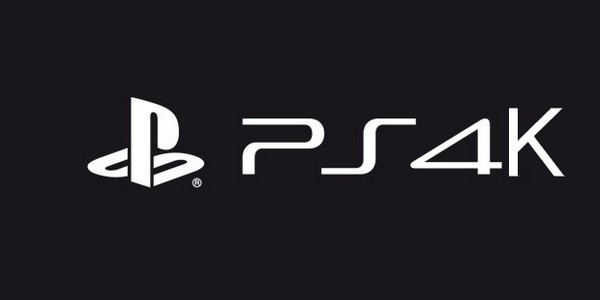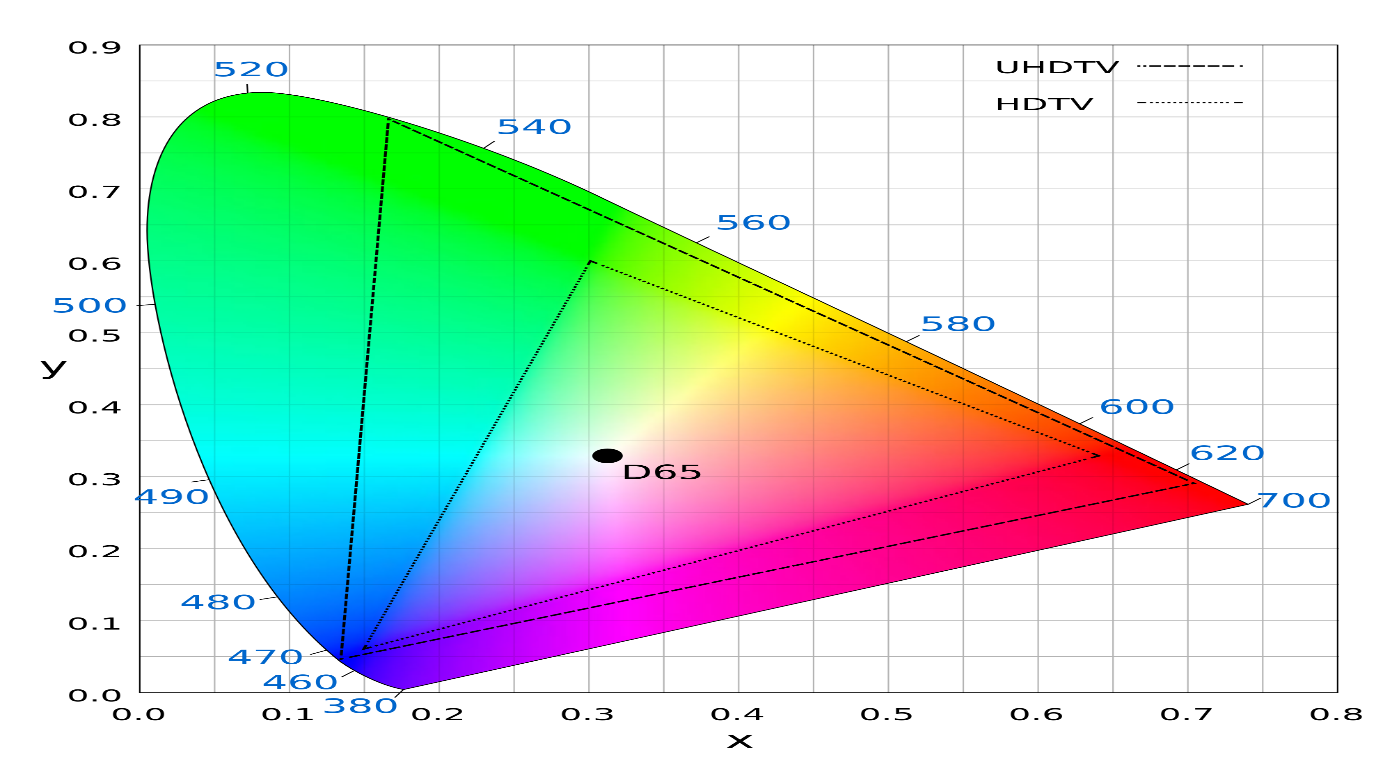The 4K revolution is only just beginning. Seemingly it is having a massive effect with its mainstream integration coinciding with that of Virtual Reality. It’s having an inspiring impact with huge corporations and SMEs alike investigating their own applications and developments, developments that are projected to be a part of our daily rituals whether we like it or not, for instance if you didn’t know, Netflix now offer 4K streaming for an additional charge. Just as with any technology initial teething problems eventually pave way to the frontline tech we all love to have.
4K Myth
After the Xbox One and PS4 released last year prices are falling to more affordable rates whilst neither offer a 4K output the Roku 4 or the NVIDIA Shield adaptations are available, or instead step-forward the PS4K. Rumours are very lively at the moment though anything official is yet to be confirmed, however one thing is for sure the PS4K has a bit of a 4K myth. Consoles usually use mid-range GPUs to keep the price down, the current PS4 outputs most games at FullHD resolution which is 1920×1080 (1080P) or 2,073,600 pixels however; 4K (3840×2160) or 8,294,400 pixels is 4x the resolution of HD.

The problem is no single GPU is capable of 4K rendering high performance games whilst maintaining 60fps- though GPUs in the pipelines of AMD and NVIDIA do promise a generation of GPUs that may well be sufficient, but will come with an appropriate high-end price tag, which will have significant ramifications for any speculative retail price.
Instead the biggest advancement may not be entitled, as PS4HDR doesn’t have quite the same phonetic value. High Dynamic Range rendering is nothing new, but advancements in equivalent displays have been slow, limiting its tangible applications. HDR is essentially the ability to display brighter and darker pixels when necessary allowing for improved contrast and hence, better viewing. This very much involves current changes in television parameters set by the International Telecommunications Union (without them TV would look different on every type of TV) in planning for the future.
The current TV standard Rec.709 was developed in the mid-to-late 90’s, so outdated is at the very least an understatement. Now Rec.2020 is to be introduced after approval in 2012 for UHDTVs supported by the HDMI 2.0 (see here for more information). The main point is the colour where the new format is defined by a 10/12-bit space whilst the outdated Rec.709 was limited to 8-bit.This change reflects numerically from 16million pixels to just shy of 70billion. The diagram below identifies the Rec.2020 Colour Gamut, the multi-colour curve represents all the colours that the human eye is capable of perceiving, the solid smaller, internal triangle represents that of HDTVs or Rec.709. Rec.2020 however is the larger intermittent triangle of UHDTVs such as 4K or 8K. This development is aimed towards exact parts of the spectrum where human vision is the most acute.

This Colour Gamut goes in hand in hand with HDR and is a part of the reason for the HDMI 2.0a surfacing with added HDR support, whilst Polaris (AMD architecture which the PS4K’s GPU may be based) has been confirmed to have HDMI 2.0a and manufacturers are also looking to incorporate it whilst content providers, Youtube, Netflix and Amazon have announced more HDR content. Microsoft are also big endorsers of HDR with their own tests suggesting it may be a more noticeable difference than standard 4K now that displays have evolved to show it. Due to the HDR data being produced but not visible Microsoft go on to say that engineering work to complete the changes to HDR may only take a week!
In conclusion the chances of games being natively rendered in 4K are highly unlikely, but the deployment of HDR through the PS4K is much more the point. The launch of the PS4K is rumored to be in the first quarter of 2017, though plenty of rumours indicate that the truth is that this is only likely to bolster the popularity of 4K technology in preparation for the eventual launch.
About Assured Systems
Assured Systems is a leading technology company offering high quality and innovative applied computing solutions to the embedded, industrial, and digital-out-of-home markets across the world. Headquartered in Stone, England and with offices in North America, our reach is truly global. Our impressive product portfolio includes a full range of Fanless Embedded Computer Systems, Digital Signage & Multimedia Computer Systems, Touchscreen Panel PCs, Human Machine Interfaces, Vehicle Mount Computers, Rackmount Computer Systems, Single Board Computers, Rugged Laptops & Tablets. Please call the numbers listed above or visit our website at www.assured-systems.com for more information.










